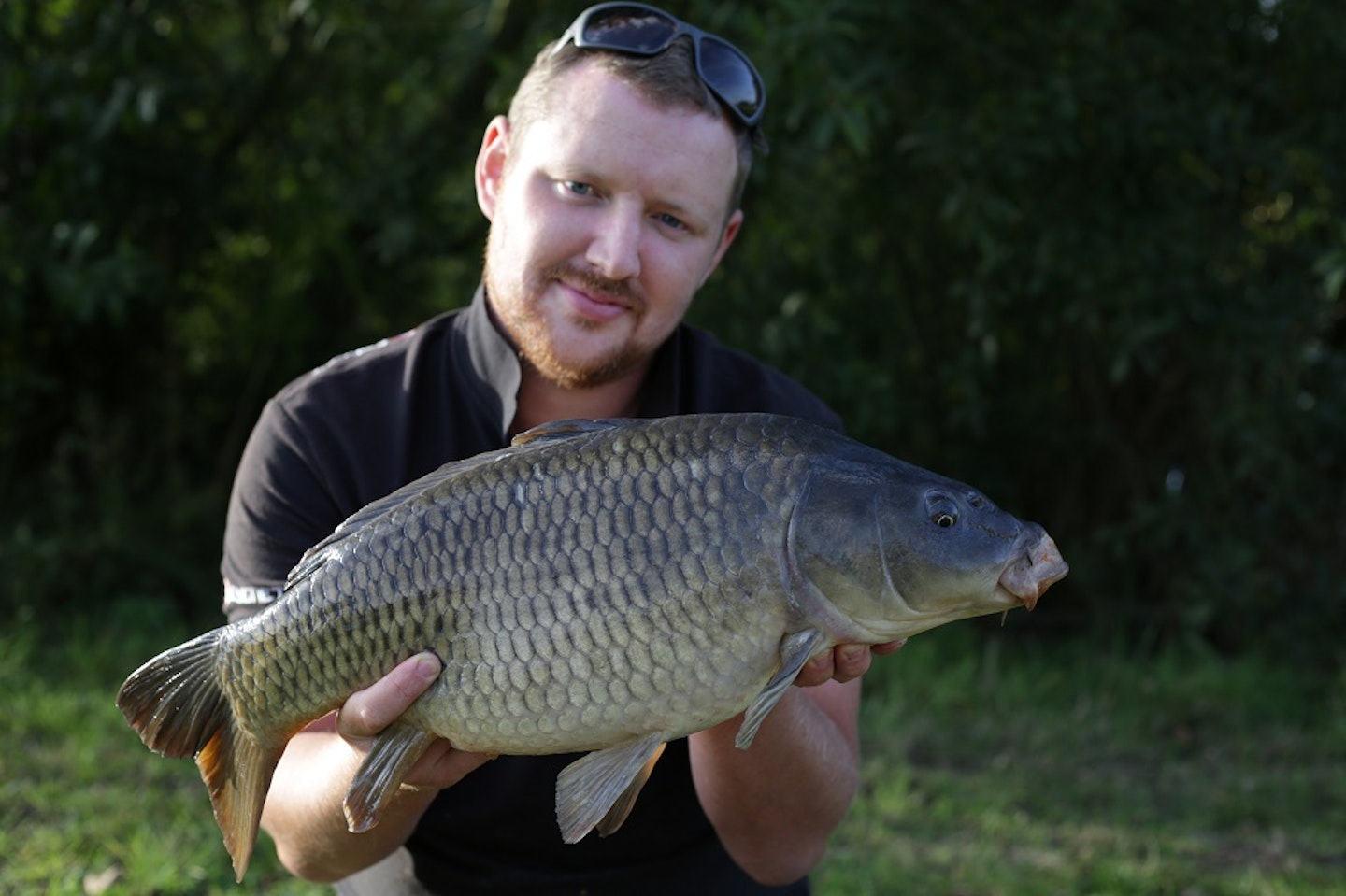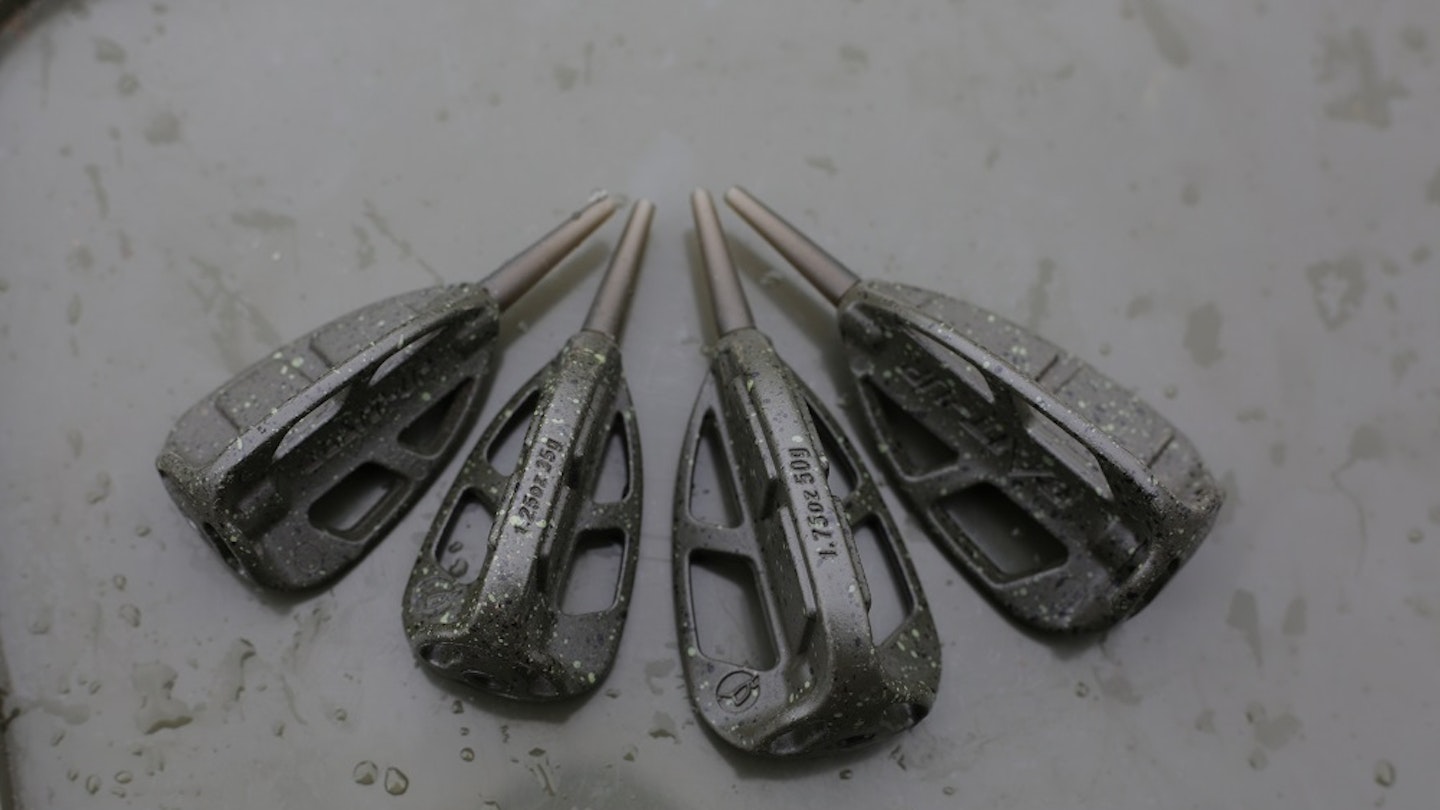Here to prove it's not just a matchman's tactic, Cygnet Tackle’s James Turner explains why the method feeder is brilliant for specimen carp...
The use of a method feeder can be a very pro-active way of catching carp on any venue, big or small, no matter what carp stocks the lake holds.
For many anglers it seems to be dismissed as too hard work, but I'm a big fan, especially during day sessions in the winter as it's paramount to cast around to encourage a bite.
However, it's not just a winter tactic and can account for carp throughout the year. I quite often have a couple of method feeders in my bag ready to go all year round, even if it's just for a quick change of tactic.
It’s pretty simple to knock up a quick method mix, mould it around your feeder and whack it out there.
What you need...
To begin fishing the method you’ll need, of course, some method feeders. It’s always worthwhile having a couple of size options with you, depending on how far you're going to want to cast.
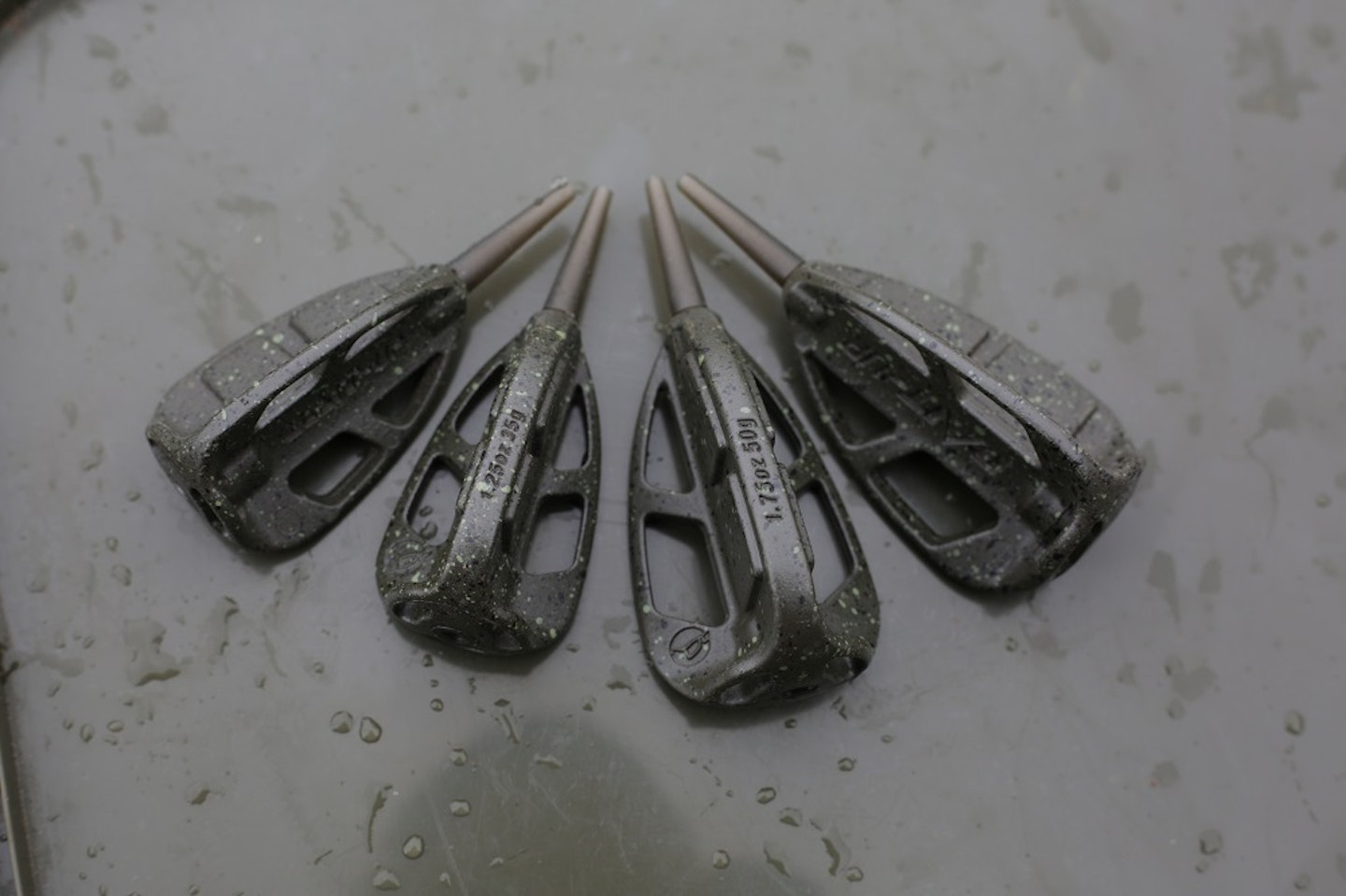
I always opt for a short, soft braided hooklink with a simple knotless knot. If you’re a little unsure, you can actually get ready-tied PVA bag rigs now, which are ideal for using alongside the method.
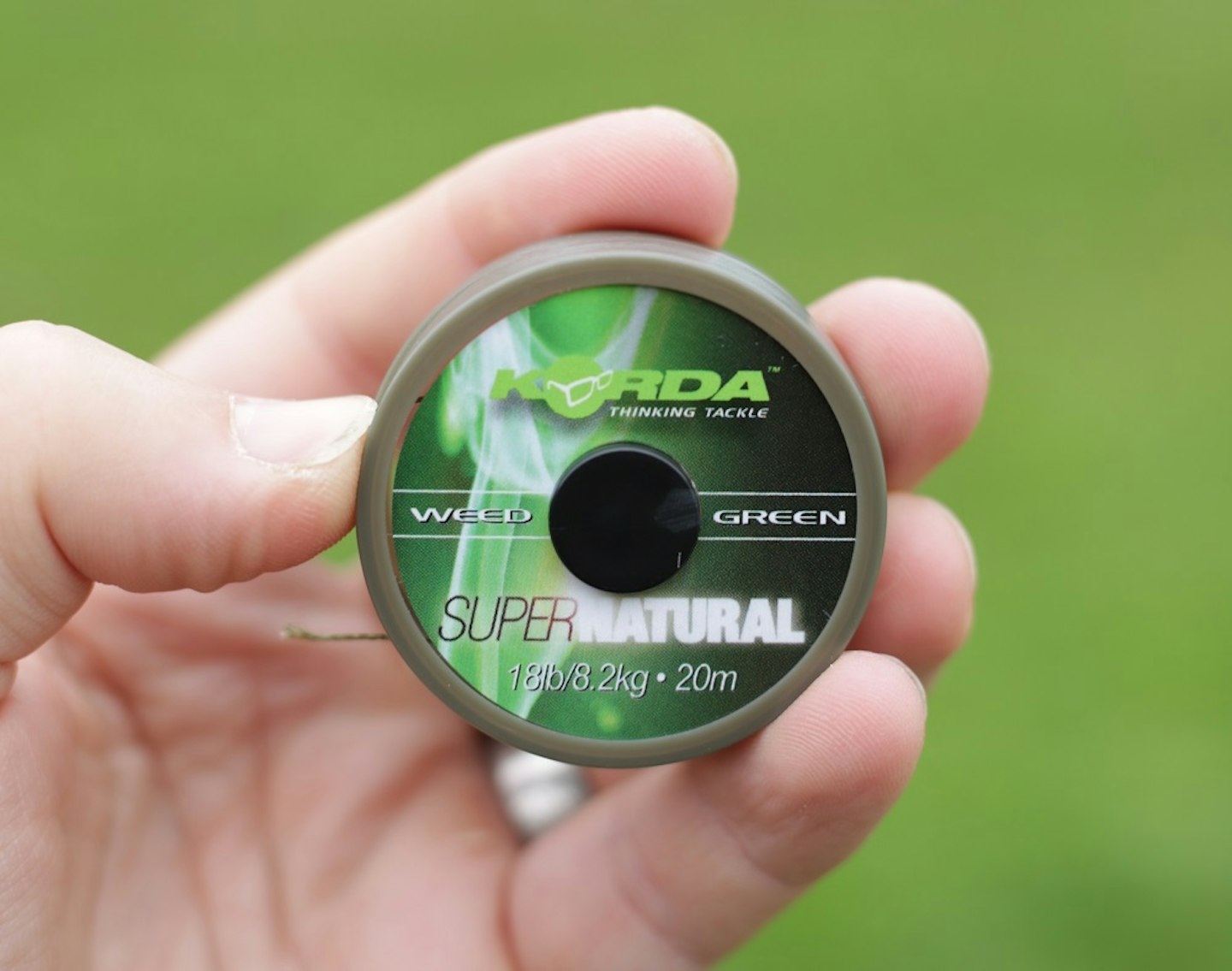
When it comes to choosing the hookbait I usually opt for a balanced bait like a piece of imitation corn, a dumbbell, fluoro wafter, or you could even go for the likes of a standard 12mm boilie.
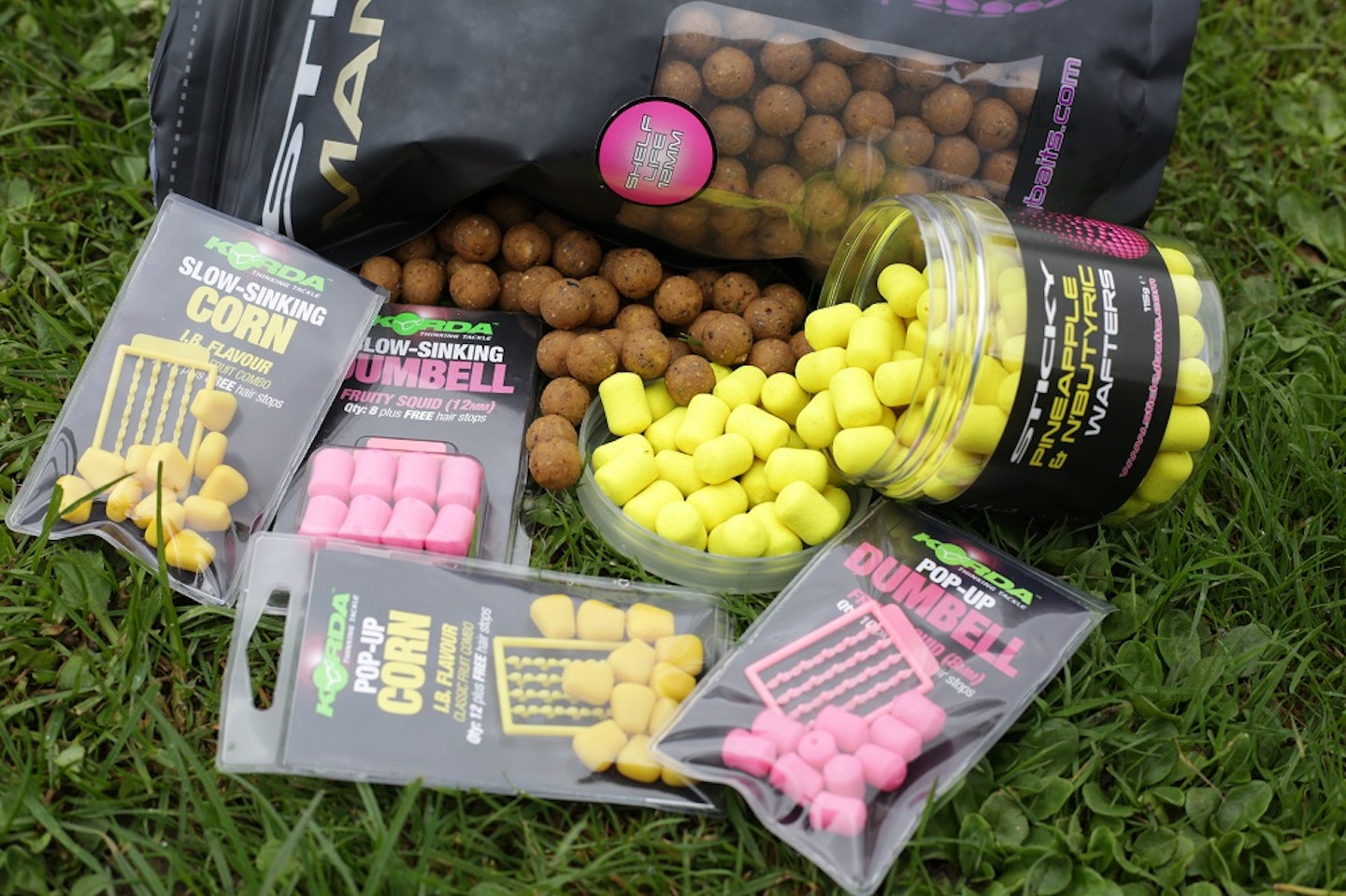
Creating your own method mix gives you a massive amount of freedoom. Particles such as hemp, pellet and corn are a great combination to include in the mix, though you can also soften some pellets to mould around the feeder or simply buy a specific method/groundbait mix straight off the shelf.
Personally I like to include a few different food items. When it comes to additives, the world is your oyster. Include liquids in your mix to aid the binding process of all the solid items along with your chosen mix, or really ramp up a standard off-the-shelf bag, such as the Active Mix with a good helping of the matching liquid to create your method mix.
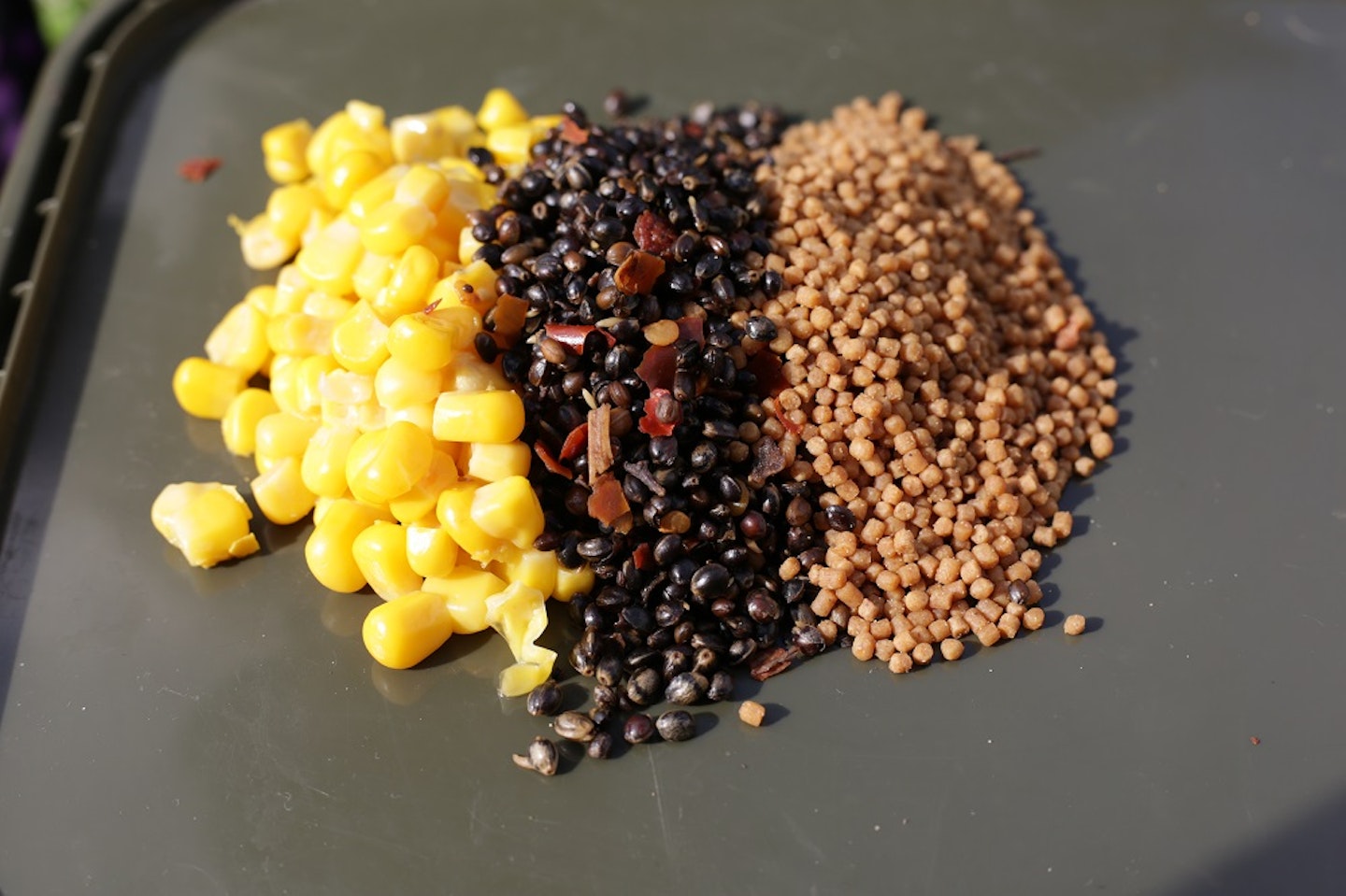
The approach...
Don't be lazy when fishing the method. Pull your finger out, knock up a quick and easy mix that will mould around the feeder and test it in the margin. You want it to be pliable without breaking down as soon as it hits the water yet not too hard that it doesn’t break down at all.
I use small braided hooklinks with a balanced hookbait meaning that I don’t necessarily have to push the hookbait into the mix that’s around the feeder. Due to the size of the ball of bait around the feeder there’s no chance of the rig flicking behind it and tangling. A rig of around 4ins in length is ideal.
When using the method you are simply fishing for a bite at a time as you are creating a single feeding situation in which the hookbait is positioned alongside a ball of attraction. It's very much like a solid-PVA-bag approach.

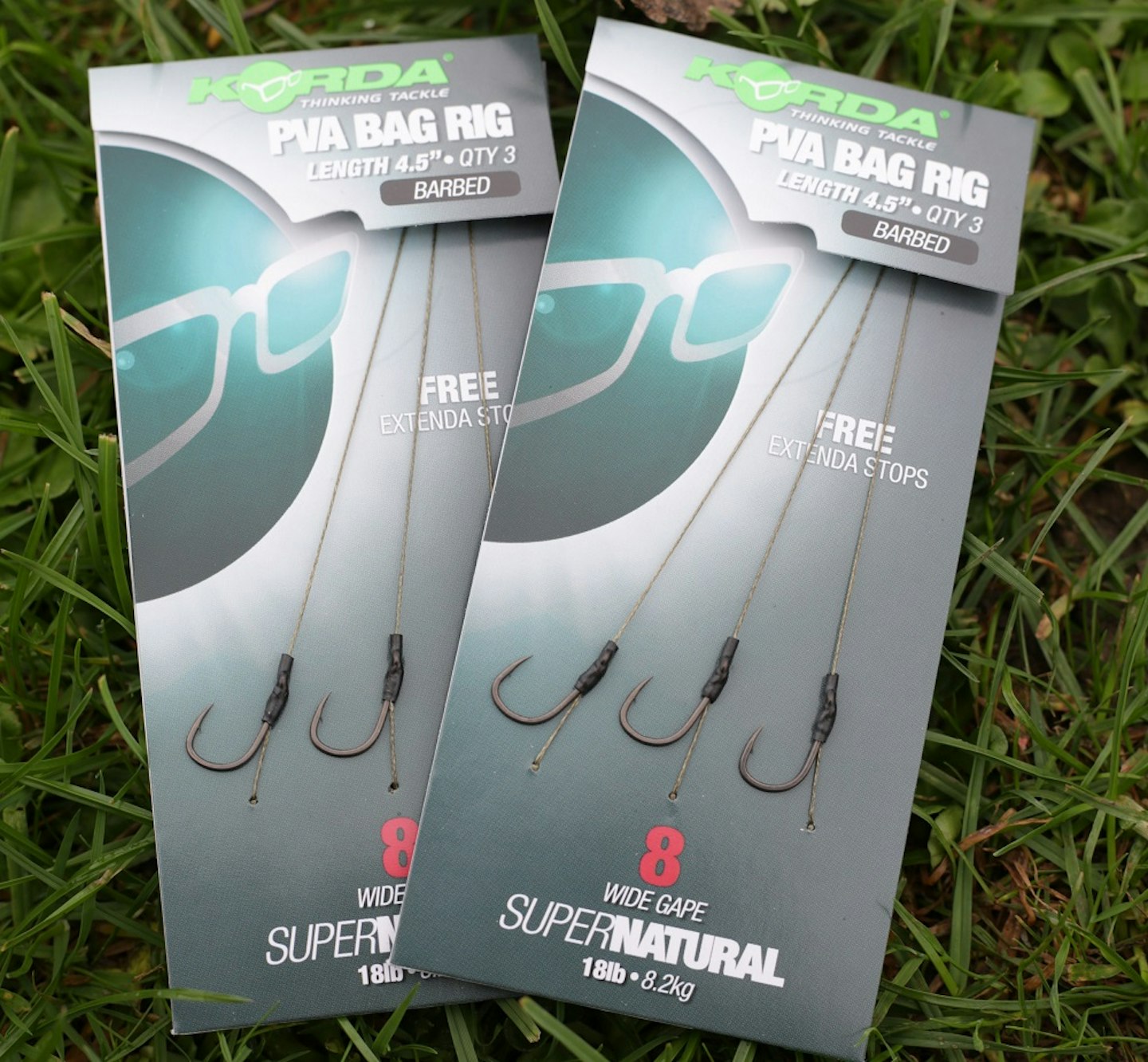
Nuisance species...
Just because you’re using the method doesn’t mean you’re going to be encountering more nuisance species. It may be used a fair amount within match-fishing circles but don’t be fooled, it isn't exclusively reserved for matchmen.
Obviously if you’re on a water that has a large head of nuisance species then be conscious of this and possibly tweak your hookbait size a little or opt for a wafter rather than the likes of imitation corn. You can play around with hookbaits until your heart's content.
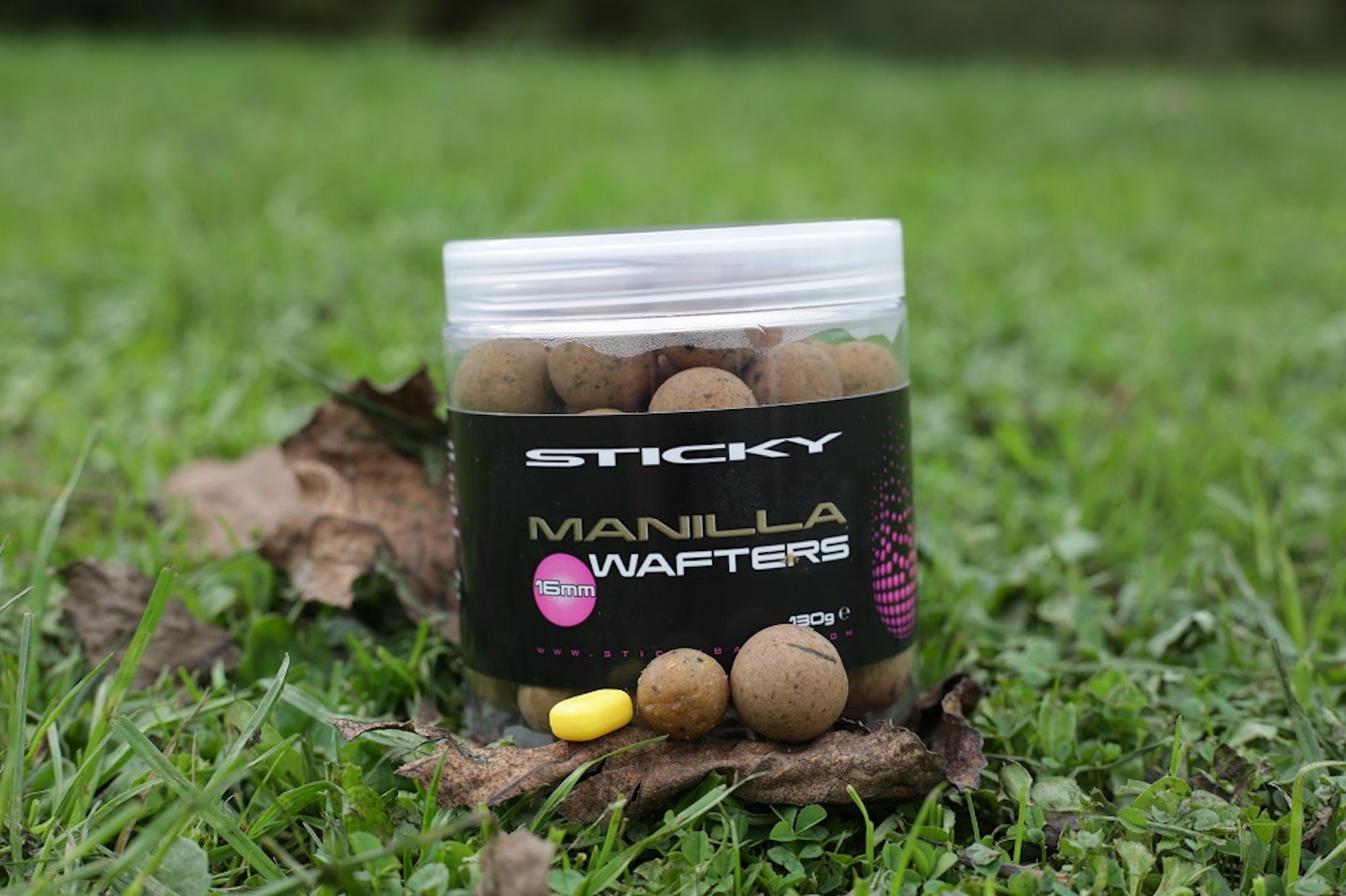
The method is a highly effective angling method and if you take it to a water that is very much match orientated then you will experience a mixed bag of fish, but take it to an out-and-out carp water and you’re in with the same chance as everyone else using more common carp-angling tactics.
In use...
From the off you need to get the mix of your choice sorted. Once this is done (it’ll take you all of five minutes, tops) you’re away.
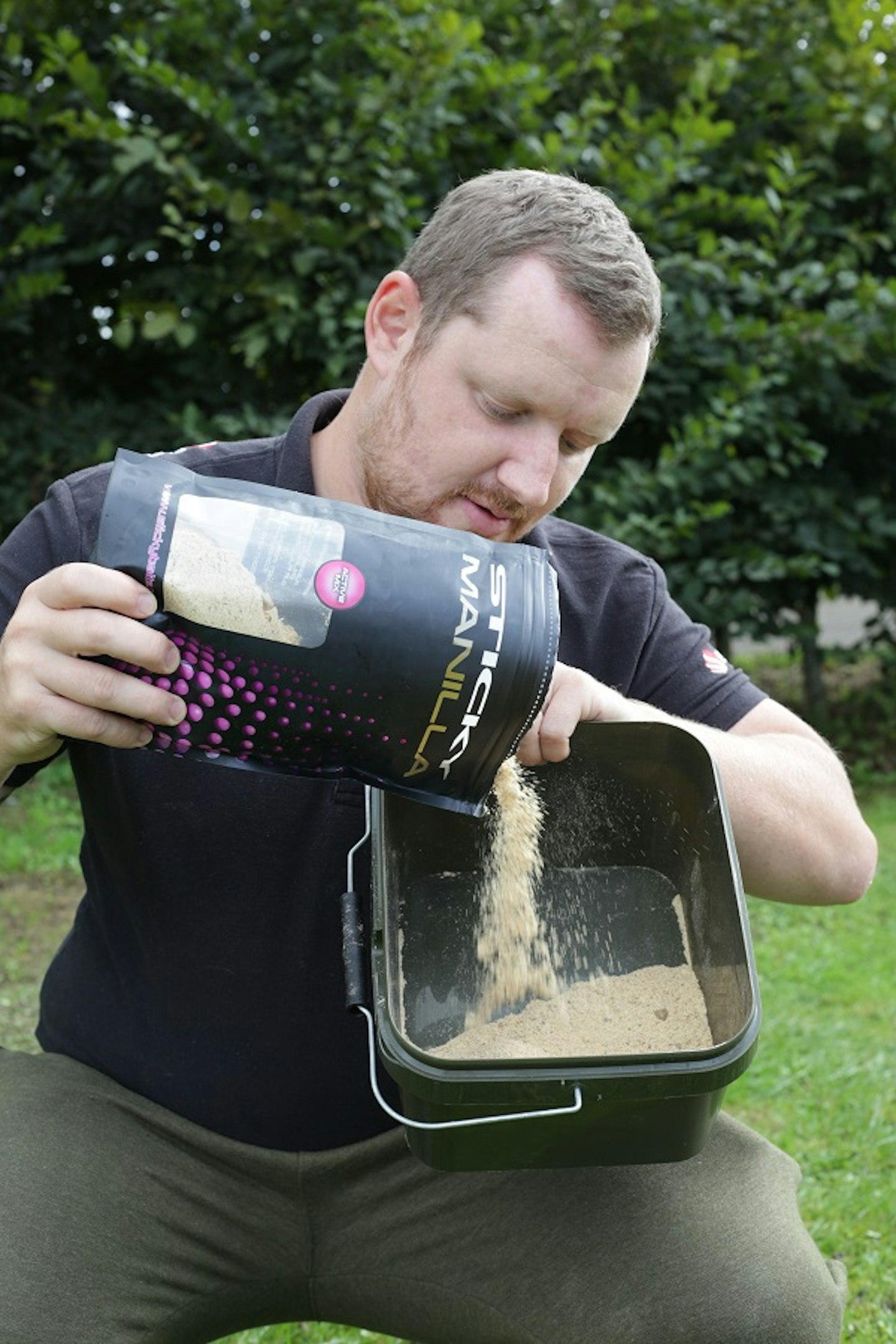
When fishing two rods on the method on day sessions I like to use one as a static rod while the other I roam around the swim and fish it against the clock.
This means that I generally tend to have a re-cast on the roaming rod around every 20 minutes. It may not seem a long time to leave it out there, but if I’m re-casting and land it on a fish or even a shoal then it’ll be away in no time. On many occasions I’ve had instant bites fishing like this.

The static rod is wrapped up between the Distance Sticks and clipped up at a set distance and lined up with a horizon marker on the far bank, so I know I’m going to be hitting the same spot every time.
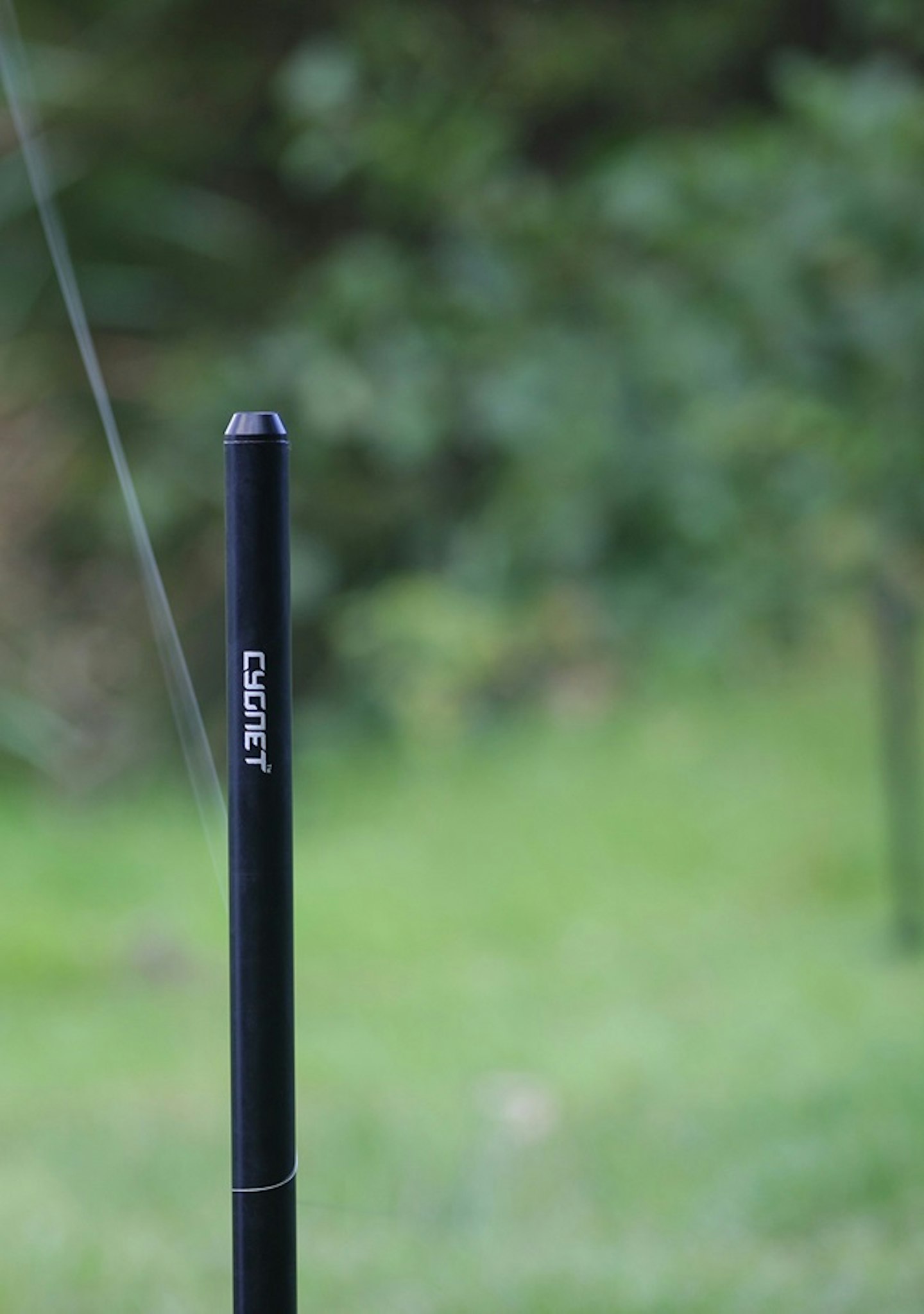
I will usually make around eight casts bang on the spot at the beginning of the session with a fully loaded feeder and leave it just a couple of minutes until I know the mix has broken down and fallen from the feeder, thus creating my own spot as you would with a spod or Spomb.
This rod is then re-cast every hour or so throughout the session so that I am constantly building up the bait in my chosen spot and creating a more heavily baited area.
Ball it up...
One very effective way of baiting the swim is to create yourself half a dozen or so balls of the mix you’ve made and throw or catapult them around the general area you’re going to be fishing. This creates a totally different feeding situation to help drop the guard of the fish.
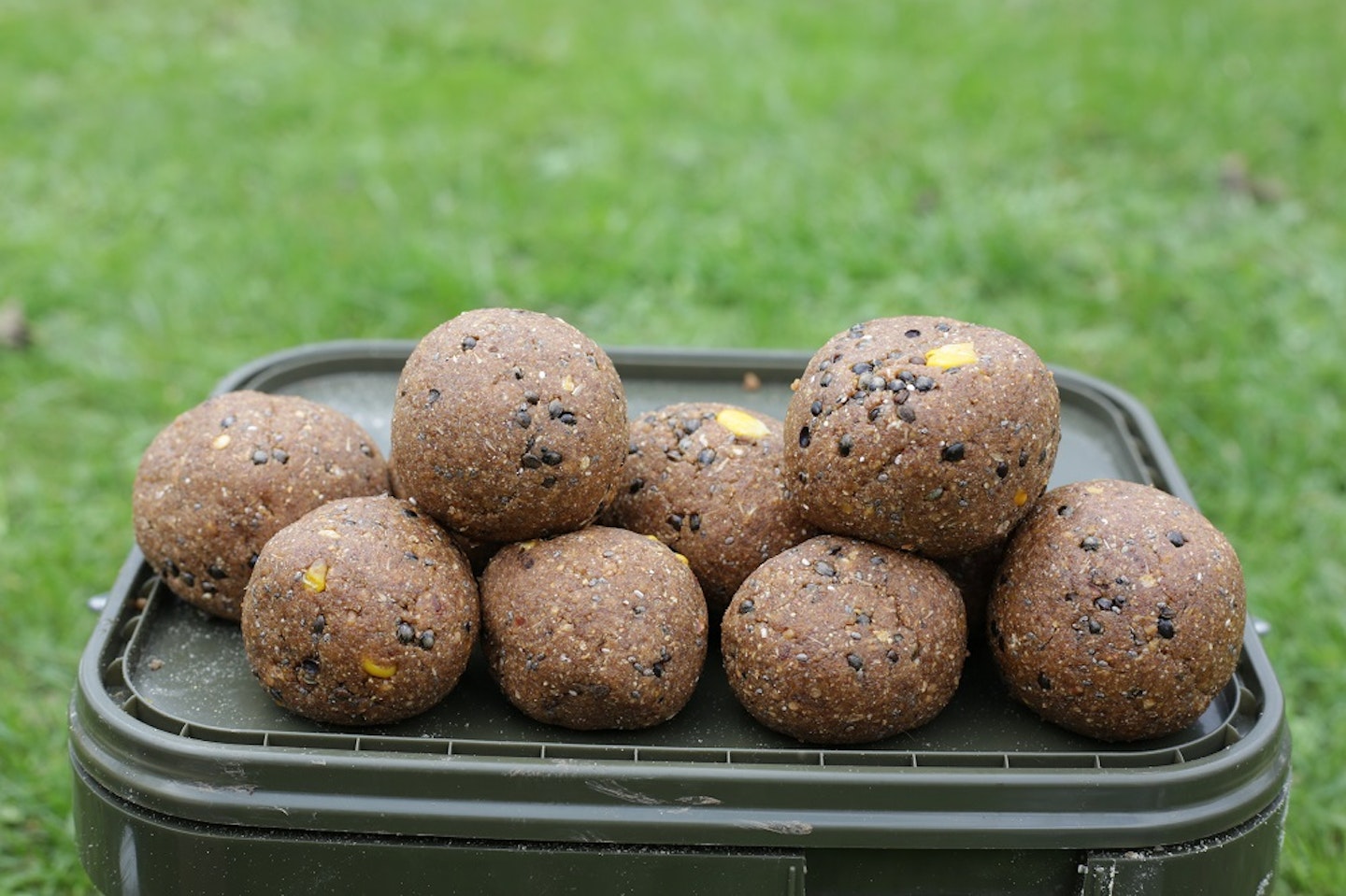
In theory you are creating a larger area in which the carp can graze, seeing each ball you throw or catapult in as a food source. As they go around mopping up these round areas of bait their guard will be dropping, enjoying the free meals until ultimately they pick the wrong one, or the right one if you’re the one who has got a screamer!
